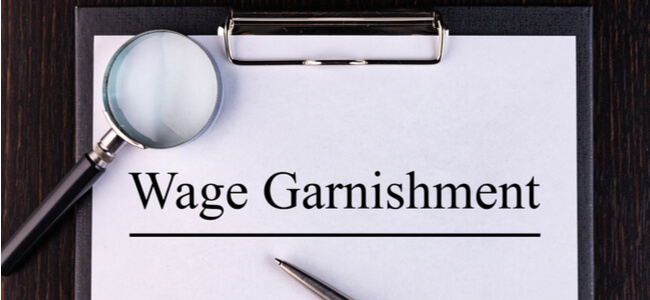Everything You Need To Know About Fixed Rate Installment Loans

As the name implies, fixed-rate installment loans are accompanied by an interest rate that remains level, at the same rate throughout the life of the loan.
Your monthly payment remains fixed, but the amount allocated in each payment towards the principal balance and interest may differ.
These loans do not offer any surprises, which makes them quite approachable when it comes to the monthly repayment amount.
These are quite common in mortgages where borrowers also have the option of adjustable-rate mortgage (ARM) loans which experience fluctuating interest rates.
How It Works
Banks usually offer a variety of fixed-rate installment loans, each with a different interest rate that often depends on whether the loan is secured or unsecured and the term.
For instance homebuyers can consider mortgage loans with fixed payments over common terms of 15 or 30 years.
There is a consideration for Federal Housing Authority (FHA) loans and Veterans Affairs (VA) loans given these specialty loans have unique rates and conditions.
However, some of these borrowers need to purchase additional insurance depending on the down payment amount.
Banks also offer adjustable-rate loans, which could have a slightly lower or higher interest rate as compared to fixed-rate loans.
Since the 2008 housing crisis, mortgage rates have generally remained below 5%, meaning a negligible gap between fixed-rate and variable-rate loans during that period.
The average interest rate on a fixed mortgage for 30 years is 3.52% as of May 2020. ARM loans come at 3.25%, which while slightly lower than fixed-rate mortgages, could conceivably rise.
An Example
With a fixed-rate mortgage, which are among the most common fixed-rate installment loans chosen by borrowers, the monthly payment remains the same throughout the loan.
However, the proportion of the amount towards principal and interest varies with each month. Initial payments involve higher allocations towards interest instead of loan principal.
The interest paid thus declines over time as the principal amount decreases.
This process is known as loan amortization, whereby payments going to interest decline over time as principal payments rise over time despite the aggregate loan payment remaining steady.
Let us consider an example where $250,000 is the loan amount for 30 years with a fixed rate of 4.5%. The payment schedule would look something like this across different months.
In the first month, the principal amount would be $329.21, and interest would be $937.50 out of $1,266.71 as the total monthly payment.
Subsequently, the payment in the second month would be $330.45 and $936.26 out of the $1,266.71 monthly installment.
In the third month, the figures would be $331.69 for principal and $935.02 interest out of $1,266.71.
Therefore, the interest amount paid between the first and third months totals $2,808.79 by the end of the third month whereas the loan balance would only decrease from $249,670.79 from the first month to $249,008.65 at the end of the third month based on principal payments.
As clear from the above example, the principal amount paid increases slightly with each passing installment.
Even though the monthly payment remains the same, the overall loan balance begins to decrease.
Fixed Vs Floating Rates
It is important to analyze your financial situation along with the interest rate and term before you borrow. These factors can help you identify which loan rate is the best right choice.
Though interest rates are significant, you must also know that lender fees, loan terms, and service costs equally contribute to the loan expense.
If you are eligible for a government-sponsored education loan, the federal fixed-rate option would be a suitable option.
It will be especially beneficial if you have a bad credit score or history. The rates do not depend on the financial situation of the borrower.
Mortgages come at lower rates, so it is beneficial to opt for a 30-year, fixed-rate mortgage if you want to secure an affordable monthly repayment for the duration.
Adjustable-rate loans also offer benefits, however, their more affordable rates at present make them a better short-term option given interest rates can rise over time.
Ultimately, fixed-rate personal loans are best if you want steady monthly repayment amounts over the loan term.
Yet, if seeking to save, variable loan rates might be beneficial for short-term financing.
Conclusion
Fixed-rate loans carry the same rate throughout the loan term whereas variable-rate loans experience fluctuating interest rates.
If you do not want any surprises, fixed-rate loans will be ideal for you. Yet, if you believe the interest rates might decline, it may be better to opt for variable rate loans.
No matter what, be sure to consider your circumstances and financing needs to accurately select the best option.



